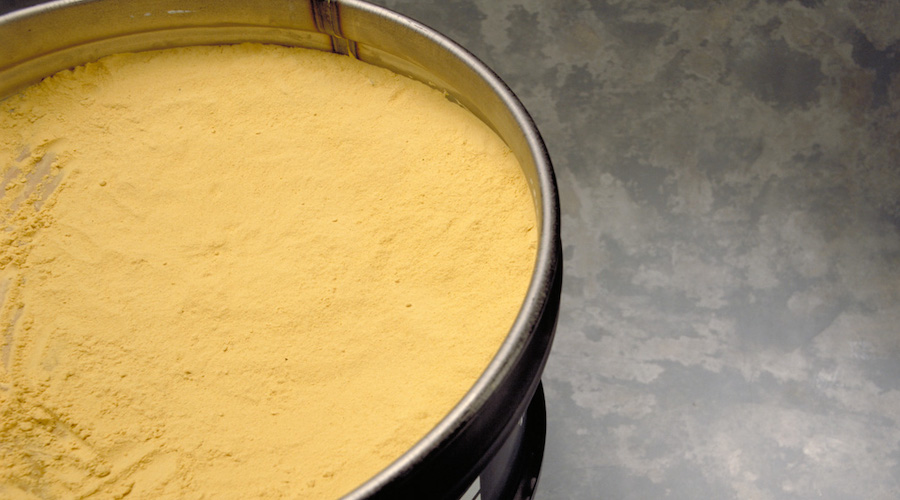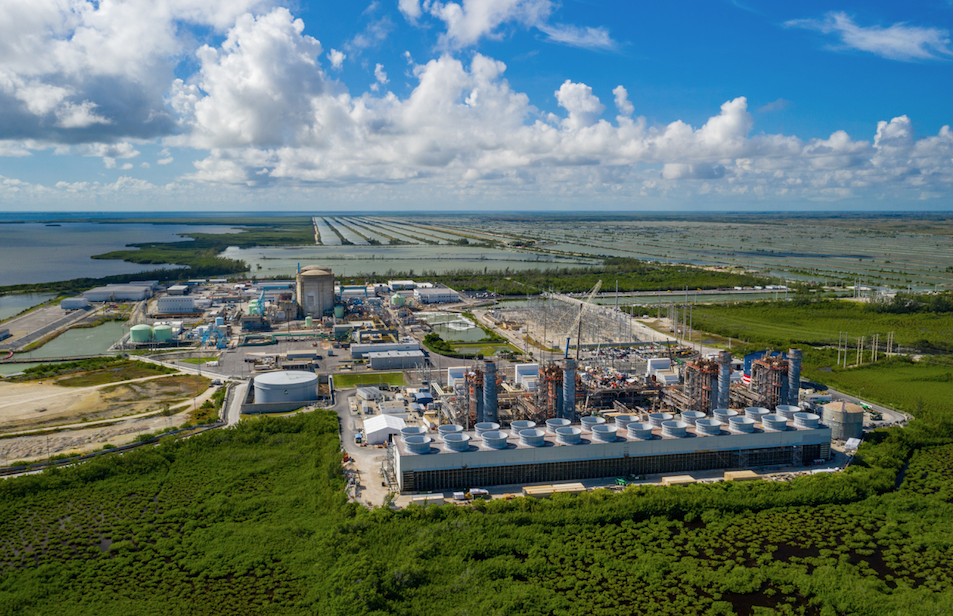Uranium spot prices to climb in ‘staircase’ pattern, Sprott forecasts

As 2024 closes out, the uranium spot price touches a low point for the year but remains at a higher level than seen in more than a decade, as Japan’s interest in bolstering nuclear energy adds tailwinds to uranium demand.
Uranium oxide sat at $77.08 per lb. at the end of November, down 3.6% for that month, and was down 15.38% from the end of last year , though it was up 18.79% over the past three-year period, the $6.6 billion Sprott Physical Uranium Trust (TSX: U.U for USD; U.UN for CAD) noted in its latest report on Friday.
“Given the growing sensitivity to geopolitical factors, we believe the uranium price will continue to behave in this staircase-like pattern over the intermediate term with short-term bouts of volatility,” Jacob White, Sprott’s ETF product manager, said in the report.
The uranium spot price, which hit $106 per lb. at the end of January, a level not seen in 17 years, gained in the context of the nuclear metal’s supply not meeting rising demand as countries seek greener options for energy generation.
Japan warms to nuclear
Uranium has been buoyed by growing global support for nuclear energy, with more countries pledging to triple nuclear capacity by 2050, as discussed at the UN’s COP29 climate change conference in Azerbaijan last month.
The world’s fourth largest economy, Japan is to seek a 20% increase in nuclear energy usage by 2040, up from 8.5% currently, according to its revised energy policy released on Tuesday, Reuters reported.
Its renewed interest in nuclear marks a stark contrast with the country’s reaction to the 2011 Fukushima nuclear disaster, after which it suspended operations at all of its nuclear plants. It began resuming operations four years later.
Other renewable energies are to account for 40 to 50% of the total energy mix, up from 23% last year, while the share of fossil fuel use is to drop to 30-40% from 69% by 2040. Japan’s power demand is forecast to rise 20% by 2040 as electrification is expected to increase.
Nuclear power is gaining interest in other Asia-Pacific nations as well. Taiwan Premier Cho Jung-tai expressed openness to using new nuclear technologies to meet rising demand from power-hungry chipmakers in the AI industry, according to a Bloomberg report in October. The East Asian country’s policy has been to ease off nuclear power, with plans to close its last reactor in the spring.
Vietnam is seeking to amend its national power development plan to accommodate nuclear and hydrogen options, Reuters reported in October. And the Philippines is considering restarting its shuttered Bataan nuclear plant as South Korea’s Korea Hydro & Nuclear Power plans to launch a feasibility study on evaluating the restart, according to World Nuclear News.
South Korea itself broke new ground for two new nuclear plants in October under the leadership of pro-nuclear President Yoon Seok-yeol. However, the progress of future nuclear plants there could be stymied if opposition leader Lee Jae-myung, who opposes new nuclear plants, replaces Yoon, currently facing impeachment after a failed martial law attempt.
Uranium supply overhang
Sprott noted that conversion and enrichment prices are at all-time highs, which highlights the strength of the metal’s current market dynamics. The spot market is also facing pressures of an overhang of supply as some uranium traders seek to clear their positions before the year is over, and rumours that the Kazakh ANU physical uranium fund might liquidate its 2+ million-lb. inventory.
“While Russia’s retaliatory export ban on enriched uranium to the US pushes utilities’ focus to the nuclear fuel cycle’s conversion and enrichment segments, we believe this attention will eventually cascade down to uranium oxide,” White wrote.
In contrast to the spot price dipping in November, White noted that uranium mining equities gained 1.18% last month, though they were flat for the year. Equities were up 9.15% over the last three years.
More News
{{ commodity.name }}
{{ post.title }}
{{ post.date }}



Comments